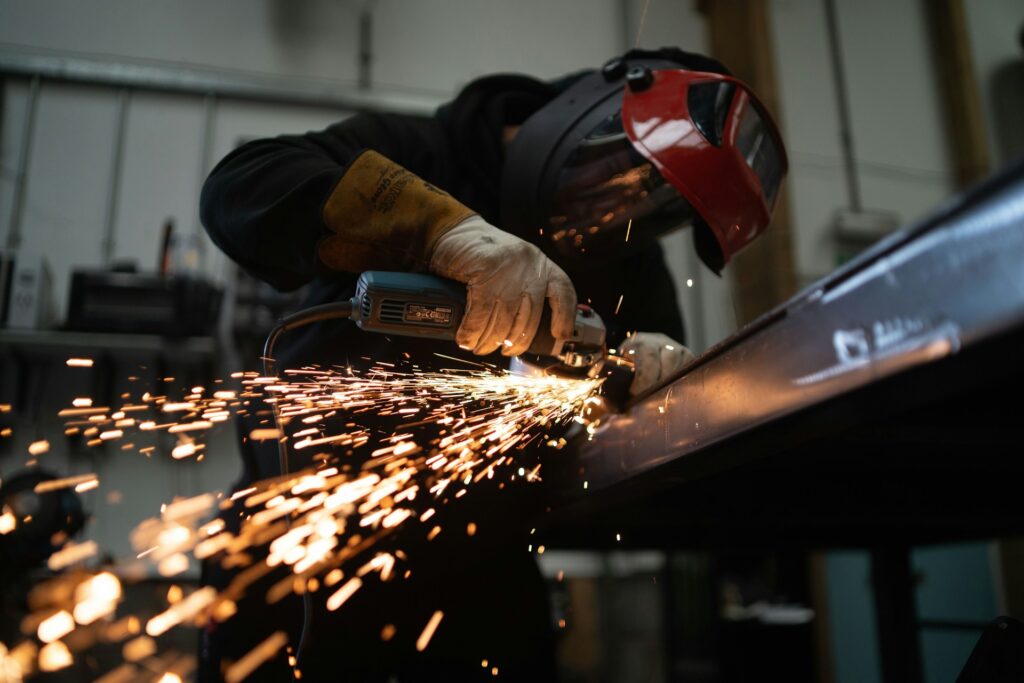Bruce Penson, managing director of cyber security and IT support company Pro Drive IT, offers five ways small businesses can lower their carbon emissions by optimising technology.
In 2019, the UK government committed to achieving carbon neutrality, otherwise known as ‘net zero’, by 2050.
This target might seem part of a distant future, but research has proven that we’re already falling far short of what’s required if we have any chance of meeting it. According to the latest update to the UN Nationally Determined Contribution (NDC) Synthesis Report, a sizable 13.7% increase in global greenhouse gas emissions compared to 2010 is anticipated by 2030. As limiting global average temperature increases to 1.5 °C requires a 45% reduction in carbon dioxide emissions by 2030, there’s a lot more work to be done.
If we want to mitigate irreversible climate change, businesses of all shapes and sizes must take credible action against global warming — sooner rather than later. What’s more, with gas and electricity prices rising and winter fast approaching, it certainly can’t hurt to minimise energy usage at home and in offices.
Fortunately, companies can make some simple and immediate technology changes to help the UK move towards a lower carbon economy.
1. Shut everything down
Do your employees typically leave computers in ‘sleep’ mode overnight? Unless they need to have them running for a software update, ask staff to shut systems down when they’re finished for the day. According to The Carbon Trust, turning computers off at night and on weekends could cut the energy these devices use by 75% a year!
It’s also important to remember not to leave other devices like TVs on standby. Switching off phones, screens, printers and other non-essential devices at the wall will ensure no electricity is needlessly used — and prolong equipment lifecycles. Small businesses can also introduce regular office events like WWF’s annual Earth Hour, encouraging teams to unplug from the digital world and reduce carbon footprints.
2. Create ‘smarter’ offices
Many people now use ‘smart’ tech and internet of things (IoT) devices to automate daily functions like lighting and heating to save time and energy. Still, many organisations have been slow to introduce these modern solutions to their workspaces — despite the proven benefits.
It’s relatively easy to retrofit smart switches, plugs and sensors with motion-detection or timer capabilities to automatically shut down and restart equipment when the office isn’t being used. With utilities going up, it’s wise to think about this before it starts to get darker and colder — and especially before Christmas lights are left switched on throughout the holiday period!
3. Embrace digital transformation
Does your business still run its servers through its IT network? Servers are incredibly inefficient, requiring lots of power and generating significant amounts of heat (which requires more energy for cooling). By moving IT programmes to the cloud, companies can benefit from a data centre that makes much better use of computing power and enjoy a more robust, secure and scalable system.
If your teams are also guilty of storing more files and emails on computers than necessary, now’s the time to tidy them up. Whilst it might not make a massive difference to energy consumption, deleting unused files will help keep systems functioning as they should and reduce storage needs, minimising the cost of backing things up to the cloud.
4. Invest in durability
Anything from old PC systems to ageing fridges can use up power unnecessarily, so upgrading to more energy-efficient equipment is crucial. However, it’s also important to consider the impact of electronic waste that often ends up in landfills. Buying the most powerful devices with extended warranties when replacing legacy systems will help ensure they stand the test of time.
You can also adopt specialist software to measure the carbon emissions and energy consumption produced by your business’ IT. For example, Microsoft Azure’s Power BI plug-in has an Emissions Impact Dashboard feature that calculates your cloud-based carbon emissions. As a bonus, Microsoft is aiming to be carbon neutral by 2030. So, if you replace your server with Azure, it’ll be carbon neutral by the same date!
5. Optimise remote working
Encouraging staff to work from home reduces the number of commuters and significantly decreases emissions. But with more companies operating a remote or hybrid working structure, it’s worth taking measures to improve the energy efficiency of home offices. From swapping halogen light bulbs for LEDs to installing solar panels, there are plenty of small changes people can make — and organisations can incentivise — to minimise carbon footprints.
Of course, these are all things companies can also implement in offices to keep costs down — especially with the likelihood of workers coming into the office to minimise their personal energy bills increasing this winter.
To conclude, optimising remote working systems, upgrading old software or embracing cloud computing to meet sustainability targets and save money, is clearly the way to head, but in order to get it right, it’s key to ensure the support of a specialist business IT provider is enlisted to guide the business in getting it right.








